
Nikon 70-200mm f/2.8E FL ED VR Review
With this lens, Nikon has thrown away the copybook and redesigned the new AF-S Nikon 70-200mm f/2.8E FL ED VR from the ground up. This whilst ensuring the Nikon/NIKKOR essence of the previous models.
The Nikon AF-S NIKKOR 70-200mm f/2.8E FL ED VR is the 3rd generation of the well-respected Nikon 70-200mm lens. This lens designation ‘E’ refers to the electronic diaphragm; previous models utilised a mechanical linkage via the camera body to control the diaphragm. A small silent servo motor (SWM) within the lens body communicates with the camera body electronically, reducing and increasing the diaphragm aperture.
1Focus breathing was an issue with the previous version of the lens, thankfully Nikon has successfully addressed this issue.
Nikon has also improved vibration reduction (VR) and image stabilisation, lenses can now detect when the camera is mounted on a tripod.
Is the new 70-200mm f/2.8 a worthy successor to the previous Nikon/NIKKOR 70-200mm f/2.8 VR II?
1Inclination of a lens to automatically zoom out when shifting focus from infinity to a near subject or vice versa
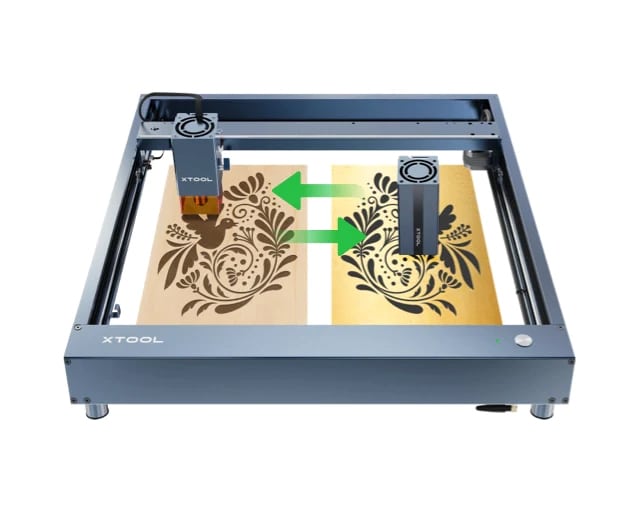
Handling and Build Quality
This Nikon 70-200mm is a professional lens, and the build quality/construction reflects this. A lens designed to meet the exacting requirements of working professionals. Photographers who demand the best quality of photographic equipment. The build quality is exceptional, metal construction allied with high-impact plastics to make this the lightest, 70-200mm lens. The Nikon 70-200mm f/2.8E is 100 grams lighter than its predecessor, with a constant aperture of f/2.8 throughout its focal range. The lens zooms internally, and the length of the lens remains consent. There are 4 function buttons at 90o on the lens body, one on the top, two located on either side and finally one located at the bottom of the lens. Extensively, sealed against the elements with gaskets throughout to prevent dust and moisture ingress. The lens elements have the current Nano Crystal and fluorine coatings, applied to reduce flare and ghosting, whilst repelling dust and moisture from the front element. A new design lens hood (HB-78) is a welcome addition, being larger than the previous version it helps to reduce flare. The hood is sturdy and provides great protection from accidental impacts to the front lens element.
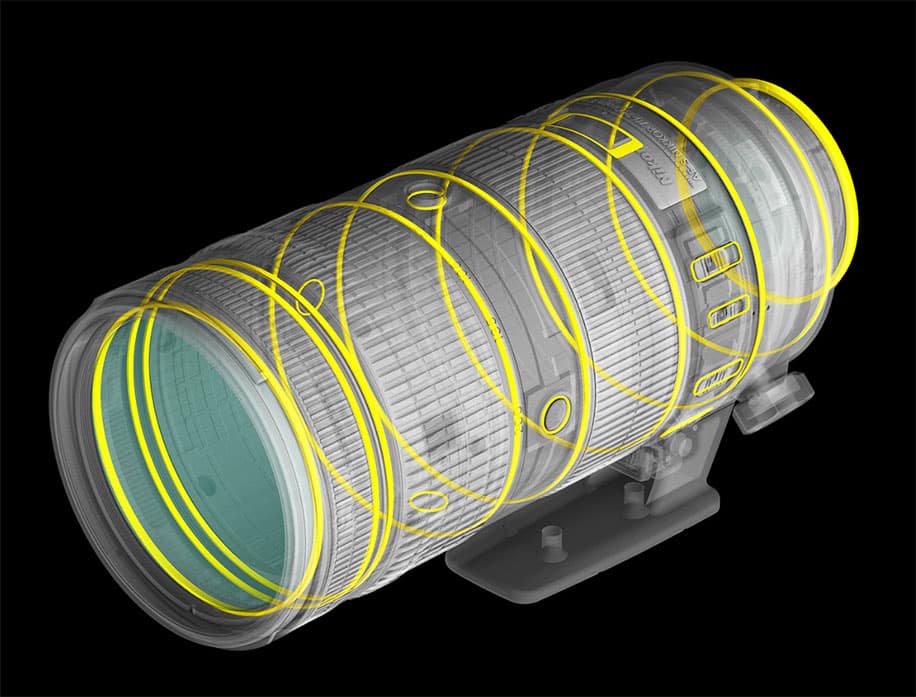
It features nine rounded aperture blades and 22 lens elements in 18 groups including 6 ED elements improving sharpness across the entire frame.
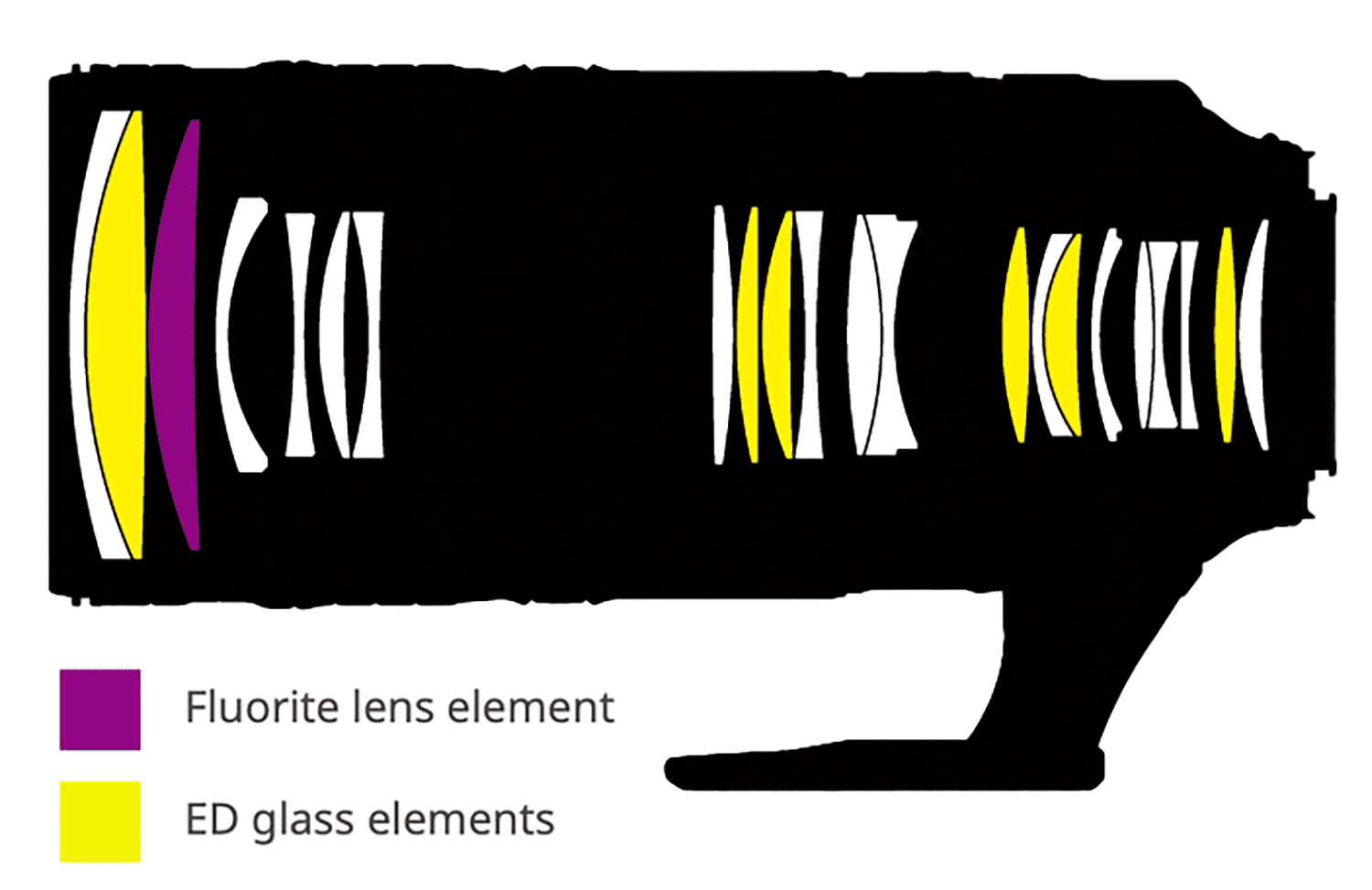
The zoom ring is towards the front of the lens, with a rubberised coating it moves smoothly and freely, the focus ring towards the rear of the lens, again rubber-coated, is wonderfully dampened and moves smoothly. Despite being lighter than the previous lens version, it’s not lightweight at 1430 g (3.15 lb). However, it balances perfectly on the Nikon D780 and D850 using the attached tripod mount to support the lens. The attached tripod collar is substantial, metal construction with a tripod mount. The collar rotates freely, with alignment marks for portrait and landscape shooting. The tripod mount (Arca-swiss)is detachable. The focus ring and the zoom rings are reversed on this lens, compared to previous NIKKOR lenses, as a landscape photographer this is not a massive issue, if you shoot weddings, it might be something to consider.
Lens Switches
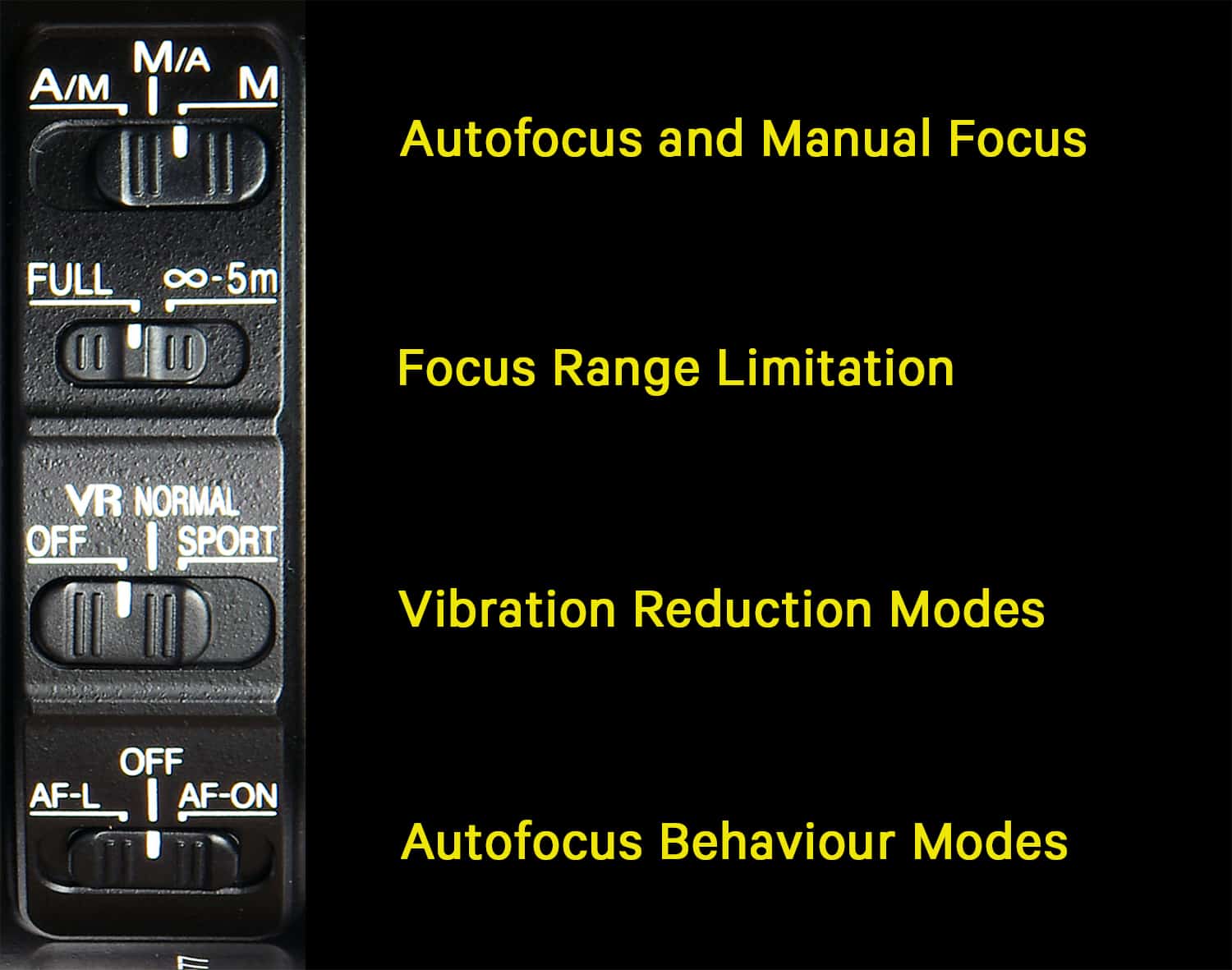
Ergonomics
There’s no getting away from the fact that this is a heavy lens, whilst lighter than the previous model, it still has some heft to it. That said, it balances well on both the Nikon D780 and D850, using the collar’s foot to support the lens. The four-round function AF buttons are well placed and easily accessed with the supporting hand. The slide switches are accessed on the right side of the lens when mounted on a camera body, sliding with a reassuring click, and confirming the chosen selection. The focus and zoom rings have been reversed in the new design and caused some disquiet in the Nikon communities. For me, this move is less of an issue as the lens is usually mounted to a tripod and capturing the image is not time-sensitive. Overall, the ergonomics work well for me, especially when affixed to my D850.
Improved VR Performance
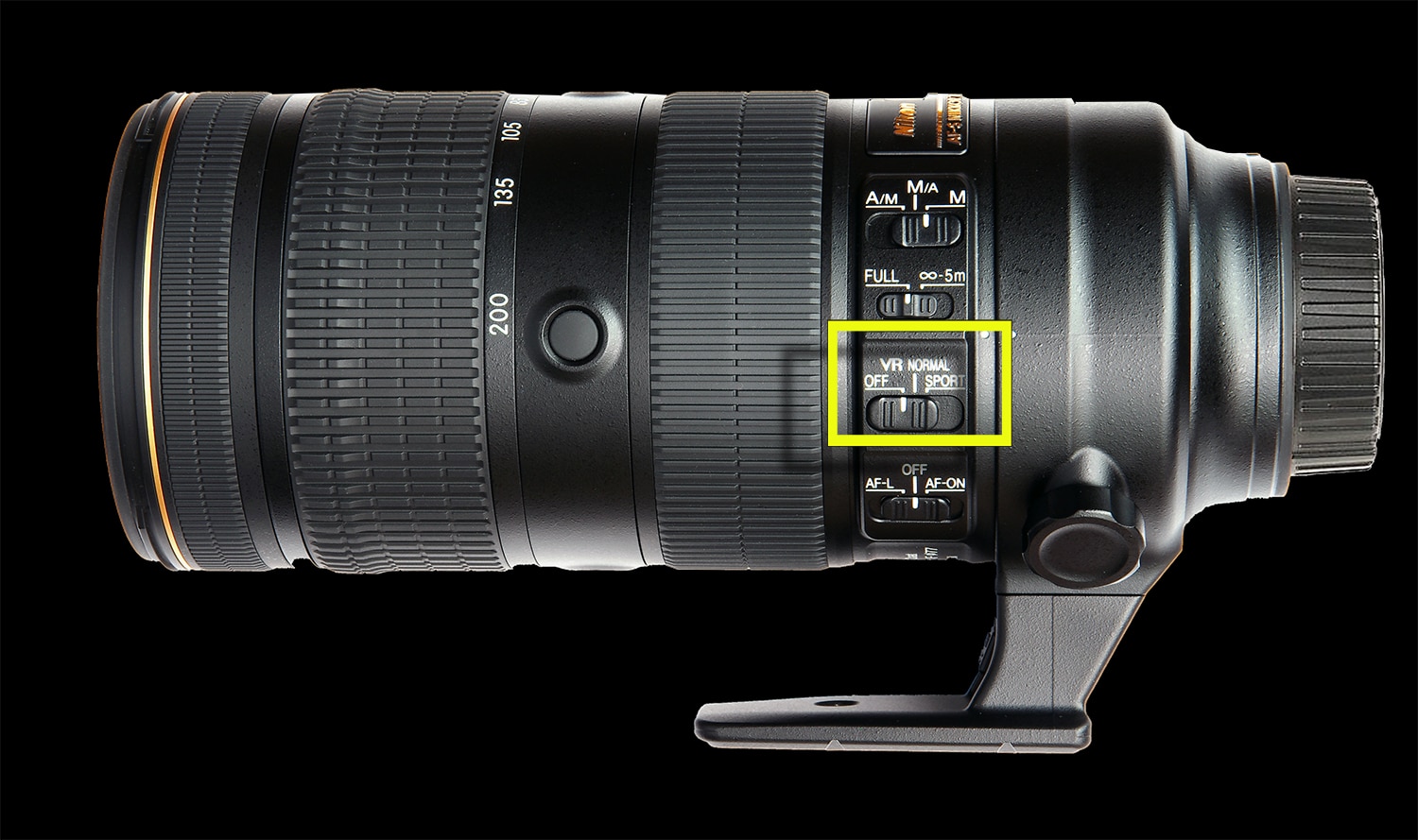

Off: No Vibration Reduction
Normal: General shooting conditions.
Sport: Shooting fast-action sports, including subject panning.
Vibration reduction is essential, especially at longer focal lengths and in poor lighting conditions. The Nikon 70-200 f/2.8E provides improved VR over its immediate predecessor, finding that focus was captured around 90% whilst in Normal mode and 85% in Sport mode. I’m sure that wildlife, sport and wedding photographers would have a greater success rate; shooting landscapes and portraits rarely call for continuous or fast pace shooting. I was able to hand hold the lens at 1/8th of a second with reasonable consistency.
Focus and Sharpness
The new Nikon 70-200mm f/2.8E FL ED VR focuses incredibly fast, faster than the previous version, which appears a little sluggish in comparison. The Silent Wave Motor (SWM) of the Nikon 70-200mm f/2.8E is quiet, barely audible, and ideal for nature and wedding photography. The lens is sharp, without the need to stop down. Wide-open (f/2.8) the lens remains acceptably sharp, indeed, sharper than similar lenses even when stopped down.
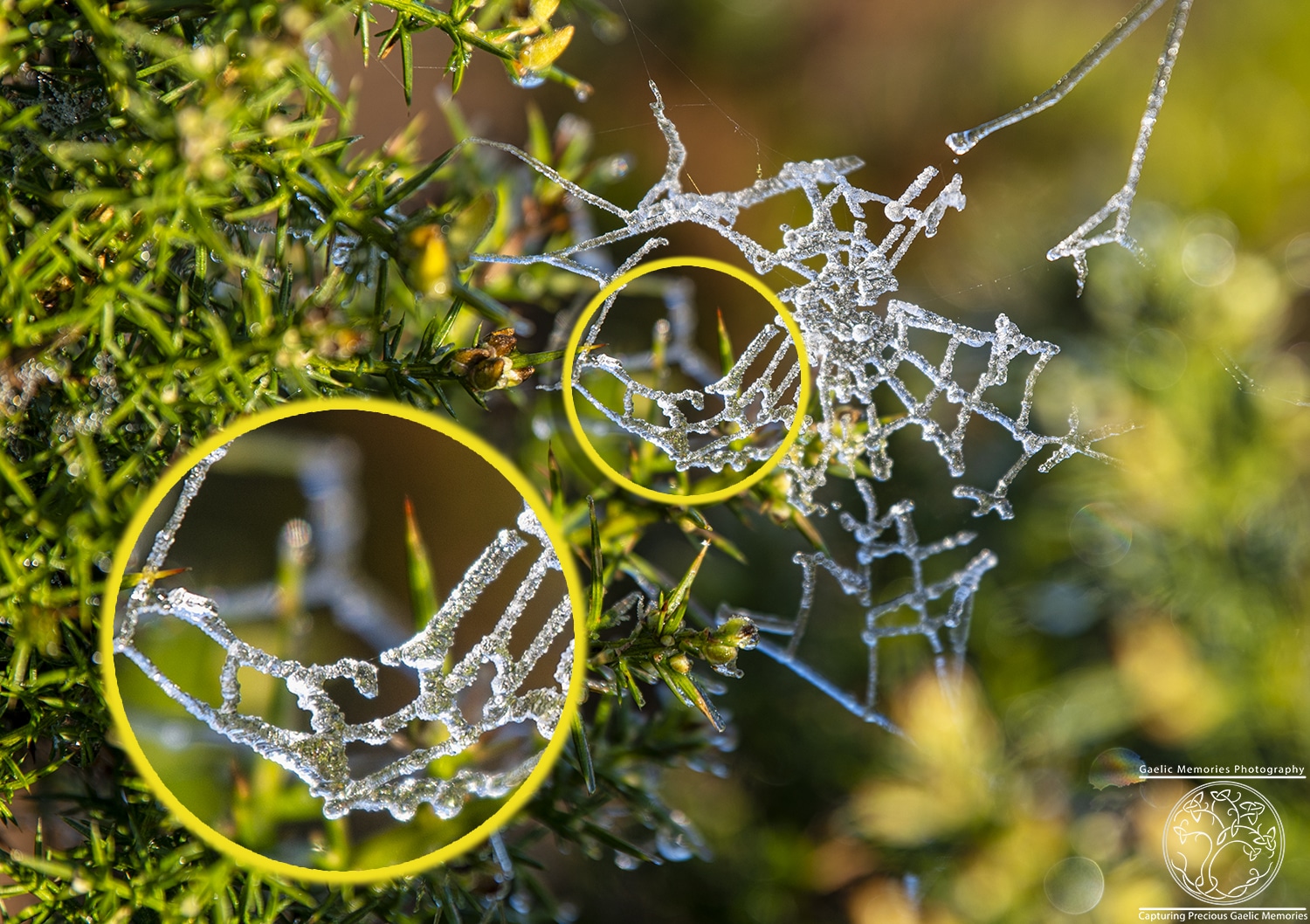
Nikon D780 200mm f/2.8 1/800th ISO 100
Image Quality
It comes as no surprise that the Nikon 70-200mm f/2.8E produces stunning images. The images display excellent contrast, mid-tone transitions handled beautifully, impressive dynamic range, capturing and rendering delicate details in the dark and highlight areas. The Nikon 70-200mm f/2.8E produces excellent sharpness across the focal range. There is a slight reduction at 200mm, typical of lenses at the maximum focal length. Vignetting is minimal, only becoming noticeable at 200mm f/2.8, and barrel distortion is well controlled. Pincushion distortion is an issue for most zoom lenses, in particular. However, this lens handles pincushion well, the residual pincushion is negated in post-processing.
[envira-gallery id=”3793″]
Bokeh
Previous versions of the Nikon 70-200mm were renowned for their sublime Bokeh; this new lens doesn’t disappoint. The background blur (Bokeh), is uniform with no fringing, beautifully soft, like melted butter. Subjects are cleanly separated from the background appearing to pop out from the image.
Vignetting
The Nikon 70-200 f/2.8E controls vignetting exceptionally well. There is, however, a small amount evident, especially at longer focal lengths. The Nikon camera bodies have vignetting control in the PHOTO SHOOTING MENU, this works well, any remaining signs of vignetting are easily fixed in post-processing.
Chromatic Aberrations
Chromatic aberration (CA) has been greatly reduced at longer focal lengths. On shorter focal lengths the CA is more noticeable in high contrast areas of an image, however, this is lateral CA and can be fixed in post-processing. Chromatic aberration is coloured fringing along the edges, often purple or green.
Nikon D780 200mm f/8 1/125th ISO 100
Conclusion

This new Nikon 70-200mm f/2.8 E FL VR is Nikon’s best-ever 70-200mm lens. The build quality is exceptional, magnesium alloy metal construction, high-impact plastics, superior weather-sealing and precision lens elements make this Nikon’s lightest, fastest and sharpest 70-200mm lens yet. Offering up to four stops of improved Vibration Reduction (VR) and features new stabilising algorithms, allowing the lens to be handheld even in challenging lighting conditions. The Silent Wave Motor (SWM) enables ultra-fast, accurate and quiet autofocus operation. The new optical formula makes Nikon 70-200mm f/2.8 E a must-have lens in your Nikon kitbag. Nikon engineers have worked hard to reduce chromatic aberration and distortion, including propriety coatings to eliminate flare and ghosting. The Nikon 70-200mm f/2.8 E FL ED VR is a truly fantastic choice for both professionals and enthusiasts.
Stephen
Stephen Baxter
Gaelicmemoriesphotography.ie
Purchase / Buy
Nikon 70-200mm f/2.8E FL ED VR
Nikon HB-78 Lens Hood Black 70-200mm f/2.8E FL ED VR
Nikon D780
Nikon D850
*Disclosure ‘ As an Amazon Associate I earn a small commission for qualifying purchases, this helps to cover the running costs of the website.’
Acronyms
AF-S Internal focus using a silent wave motor.
E Electronic activation of the aperture (as opposed to mechanical). Compatible Nikon Cameras D3100, D5000, D7000, Df, D3s, D4, D4s, D5, D300s, D500, D600, D610, D700, D750, D800, D810, D850 and Nikon Z series cameras via FTZ Mount Adaptor.
FL Lightweight Fluorite element in the design.
ED Extra-low dispersion glass is used in the lens (six ED elements)
VR Nikon’s Vibration Reduction system.
Specifications: Nikon 70-200mm f/2.8 E FL ED VR
Focal length |
70-200 mm |
Maximum aperture |
f/2.8 |
Minimum aperture |
f/22 |
Lens construction |
22 elements in 18 groups (including 6 ED glass, 1 fluorite, 1 HRI lens element, and lens elements with Nano Crystal Coat or fluorine coat) |
Angle of view |
Nikon FX-format D-SLR cameras: 34°20′-12°20′Nikon DX-format D-SLR cameras: 22°50′-8°00′ |
Minimum focus distance |
1.1 m/3.61 ft from the focal plane |
Maximum reproduction ratio |
0.21x |
Diaphragm blades |
9 (rounded diaphragm opening) |
Filter-attachment size |
77 mm (P = 0.75 mm) |
Dimensions |
Approximately 88.5 mm maximum diameter x 202.5 mm (distance from camera lens mount flange) |
Weight |
Approximately 1430 g/3 lb 2.5 oz |
Supplied accessories |
LC-77 77 mm snap-on Front Lens Cap, LF-4 Rear Lens Cap, HB-78 Bayonet Hood, CL-M2 Lens Case |
Compatible accessories |
77 mm screw-on filters, AF-I/AF-S Teleconverters TC-14E/TC-14E II/TC-14E III/ TC-17E II/TC-20E/TC-20E II/TC-20E III |

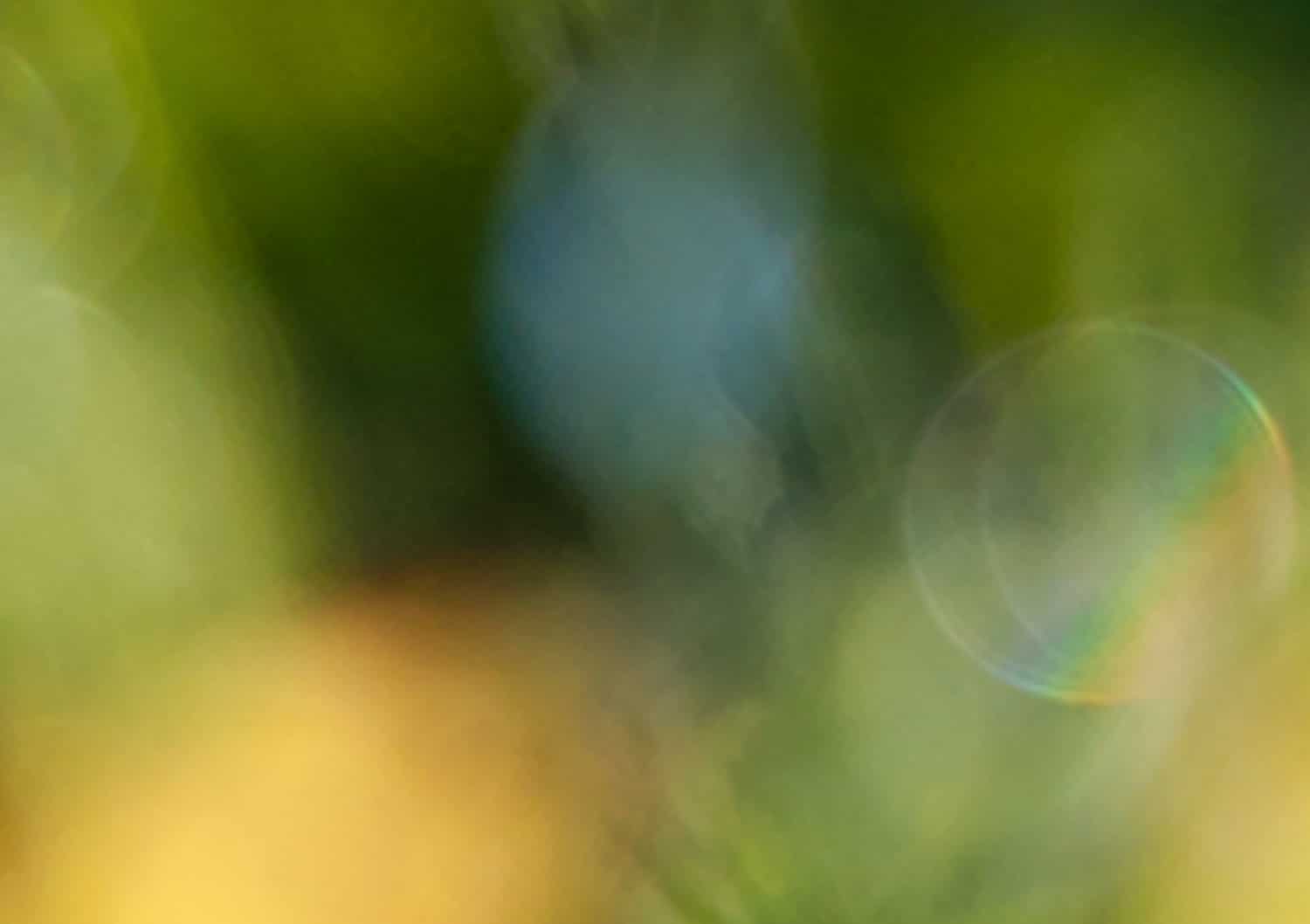

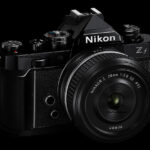

A great review and shows the quality of the lens
Many thanks Declan, I appreciate the great feedback 🙂
Starred again with another great review, easy to understand and full of information that works for everyone.
Many thanks Allen for the kind feedback 🙂